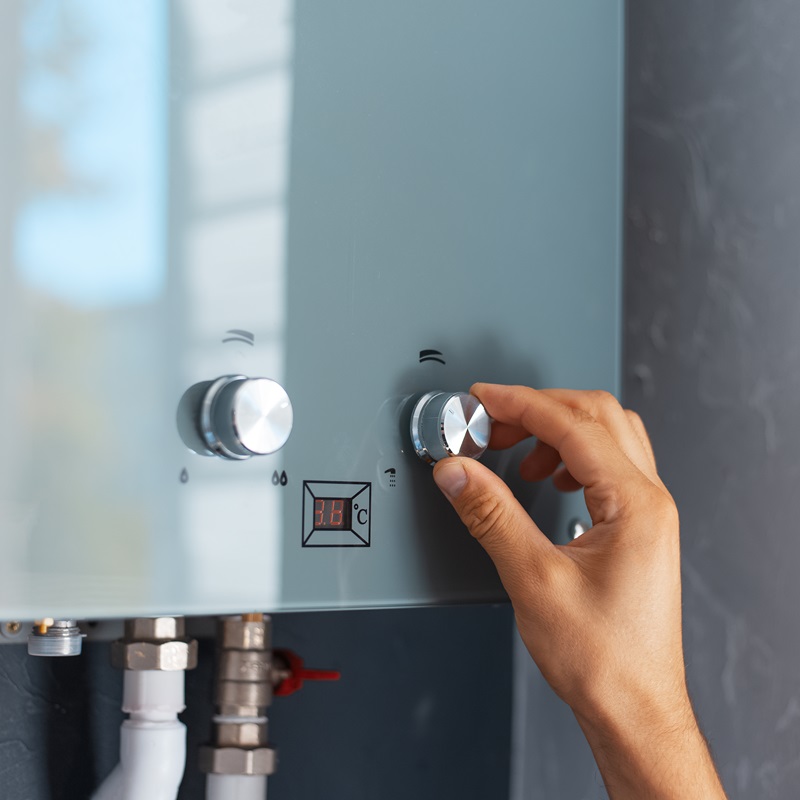Plumbing fees may vary with different geyser sizes.
Plumbing fees may vary with different geyser sizes.
Blog Article
Just how to Select the Right Geyser to Maximize Power Effectiveness in your house
Choosing an energy-efficient geyser is not as uncomplicated as it seems, requiring mindful evaluation of numerous aspects. From understanding the various kinds of geysers, to evaluating their power efficiency scores and considering positioning technique, each choice plays a vital role in optimizing efficiency. Stabilizing the preliminary financial investment with long-term savings is also important. Allow's start this trip to discover how to make one of the most informed option for a hot spring that will reduce your energy bills while guaranteeing ideal efficiency.

Understanding the Various Kinds Of Geyser
While there are different kinds of geysers offered on the marketplace, comprehending the distinctions between them is vital for energy effectiveness (geyser sizes). The initial type, storage space hot springs, are the most typical and shop hot water in a storage tank for usage when needed. They are offered in various capacities and are normally energy-efficient, yet they can lose warm when not in usage
The second type is the tankless geyser, which warms water on need, leading to much less power waste however needing a higher initial power draw. Solar hot springs make use of solar power to heat up the water, making them the most energy-efficient however also the most expensive.
Assessing Your Household's Warm water Requirements
Prior to diving into the purchase of a hot spring, it is essential to analyze the warm water requirements of your family. This assessment needs to take into consideration many elements consisting of the number of household participants, frequency of warm water use, and the number of warm water outlets in the home (geyser sizes). A tiny household with irregular warm water usage could need a smaller, much less powerful geyser contrasted to a larger household with multiple day-to-day warm water demands
The type of devices that need warm water likewise play a substantial function. Dish washers and washing equipments, for example, might need even more hot water than a straightforward shower or kitchen sink. In addition, particular tasks such as bathing or cleansing also affect the frequency and quantity of hot water required.
Assessing Power Effectiveness Rankings of Geyser
Having analyzed the warm water demands of your home, it is very important to transform your interest to the power efficiency scores of hot springs. These ratings, normally given as Energy Element (EF), suggest a hot spring's total energy effectiveness based upon the quantity of warm water generated each of fuel taken in over a normal More about the author day. The greater the EF, the extra efficient the water heating system.

Considerations in Geyser Size and Placement
Beyond energy performance scores, the size and positioning of your geyser are vital components to think about. The size of the geyser need to line up with your family's hot water demands. A small geyser may utilize much less energy but may not offer sufficient warm water for several usages at the very same time, whereas a bigger device can fulfill better demand however may consume even more power.
Placement additionally affects energy efficiency. Geysers need to be installed close to factors of use to decrease warm loss during water transportation. A centrally located geyser can service several locations effectively. In addition, thinking about thermal insulation, a geyser located in a warmer location sheds much less warm and for that reason makes use of less energy to preserve the water temperature.
Cost Evaluation: Balancing First Investment and Long-Term Cost Savings
While dimension and positioning certainly play significant duties in a hot spring's power effectiveness, one need to not ignore the economic aspect. When taking into consideration the first investment, the rate additional hints of energy-efficient Homepage hot springs can be greater than typical versions. The boosted ahead of time expense can be balanced out by long-term energy financial savings, making it a worthwhile investment in the long run (geyser sizes).
Examining lasting savings requires an understanding of the geyser's energy rating. An appliance with a higher rating will take in less power, equating to reduced utility bills with time. Additionally, government rewards and rebates for energy-efficient appliances can also help recover first prices.
Finally, upkeep and lifespan ought to be factored in. Energy-efficient geysers typically have much longer life expectancies and reduced maintenance expenses, adding to overall savings. As a result, when balancing preliminary financial investment and lasting cost savings, one should take into consideration not only the acquisition price but likewise energy usage, government incentives, and upkeep prices.

Final thought
These include recognizing the kinds of geysers, analyzing your house's hot water needs, assessing power efficiency rankings, and determining cost advantages. The best geyser dimension, placement, and insulation can significantly lower energy costs and environmental influence.
Report this page